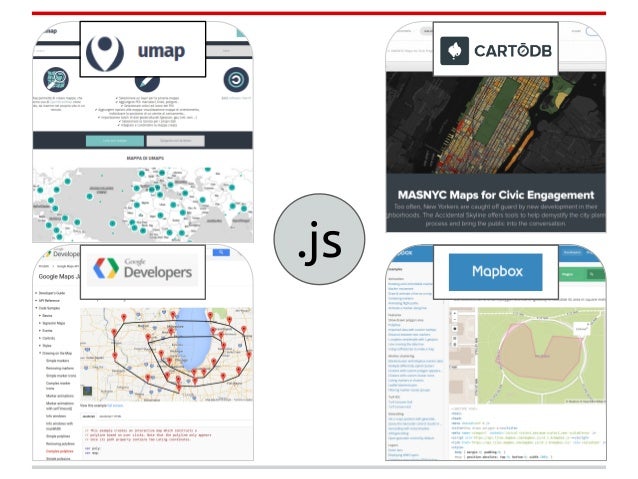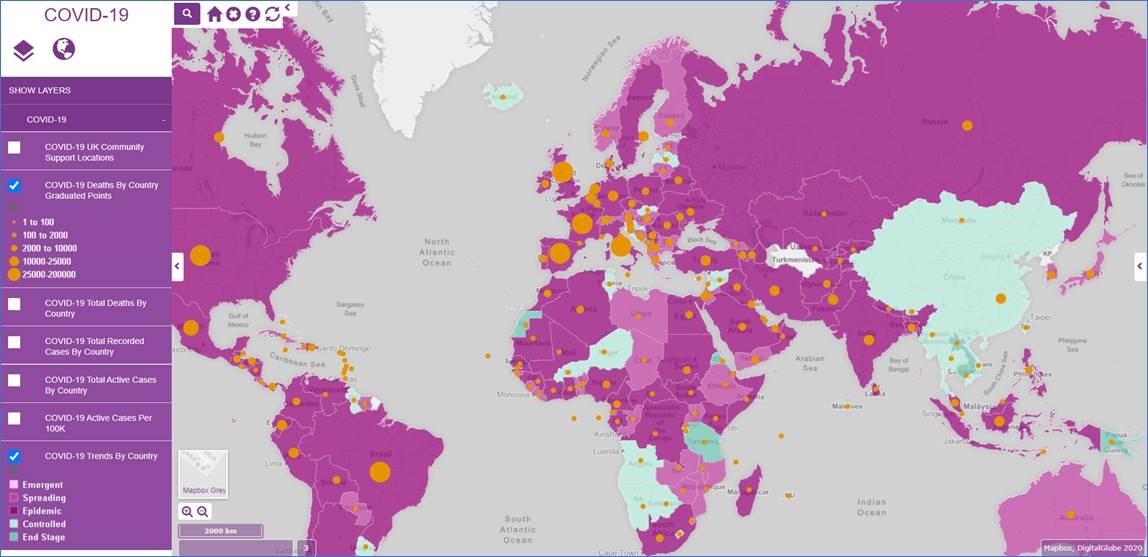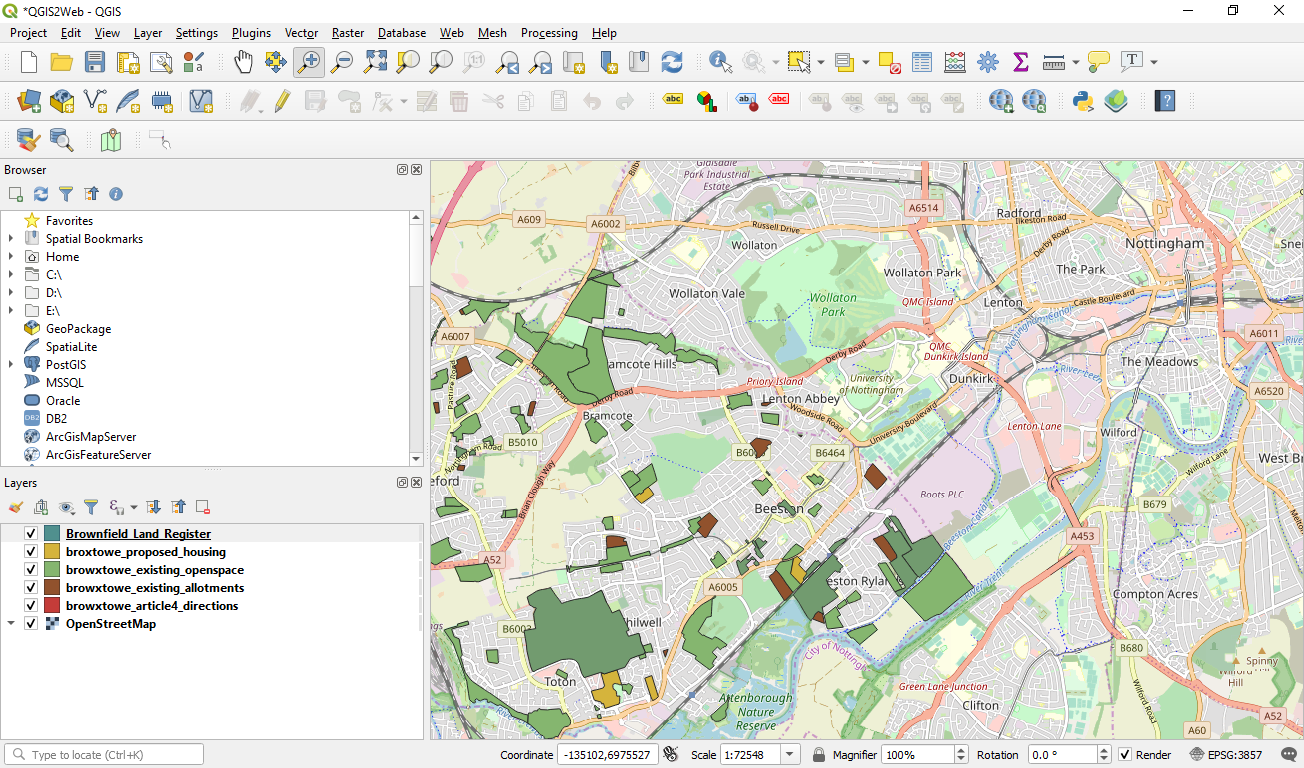
On December 1, 1991, 92.3 percent of the citizens of the newly established Ukrainian state (voter turnout was 84.18 percent) supported the Declaration of Independence, adopted a few months earlier by the Ukrainian parliament. With the help of these maps, we hope to deepen this discussion and further investigate the changing relationship between politics and the regions of Ukraine. Over the years, numerous scholars have hypothesized the correlation between specific regions (oblasts), identity, and political outcomes in Ukraine. In the 'Statistics' module, we aim to visualize a number of demographic, social, economic, and political variables and see how they evolved during the key years of presidential elections in Ukraine (1994, 1999, 2004, 2010, and 2014). Through the 'Language' module, we can explore and visualize changes in the sociolinguistic landscape of Ukrainian society between 20. It also served as an important marker in defining cultural and national identities or allegiances. Different political parties often used language tensions for political mobilization or to draw imagined regional divisions. The language issue in Ukraine has long historical roots, and even after Ukraine’s independence it remained in the center of the nation- and state-building processes. The “History and Identity” project contributes to the comparative cross-regional analysis of identities and historical memory in today’s Ukraine using the most recent sociological survey data. Mapping data on the region (oblast) level avoids arbitrary scaling into predefined macro-regions, and allows researchers to explore and explain intraregional and cross-regional differences and similarities in the changing social and political context of 20 Ukraine. The project uses Geographic Information Systems (GIS) technology to map and analyze sociological data. The 'History and Identity' module as part of the MAPA program aims to contribute to a reconceptualization of regionalism in Ukraine. In the web map, data from three surveys (2013, 2017, 2019) can be used to acquire a visual representation of regional religious differences and changes over time. It presents sociological survey data about Ukrainians’ religious beliefs, attitudes, and practices.

The 'Religious Revolution' module analyzes recent changes in Ukraine’s religious landscape. In the process of granting the Ukrainian Orthodox Church autocephaly and during the recent presidential and parliamentary election campaigns, the question of religious self-identification emerged at the center of nation- and state-building processes in Ukraine.


This 'Donbas and Crimea In Focus' module changes that optic, presenting data by oblast for a more nuanced view of attitudes and understanding throughout Ukraine. Traditional analyses of Ukrainian attitudes divide the country into large macro-regions, resulting in a misleading grouping of diverse oblasts (Ukraine’s administrative regions). At the same time, there is a lack of sufficiently complex analysis of Ukrainians’ attitudes toward Donbas and Crimea and their understanding of what is happening there. The Russian annexation of Crimea and armed conflict over Donbas have brought these regions into the limelight.


 0 kommentar(er)
0 kommentar(er)
